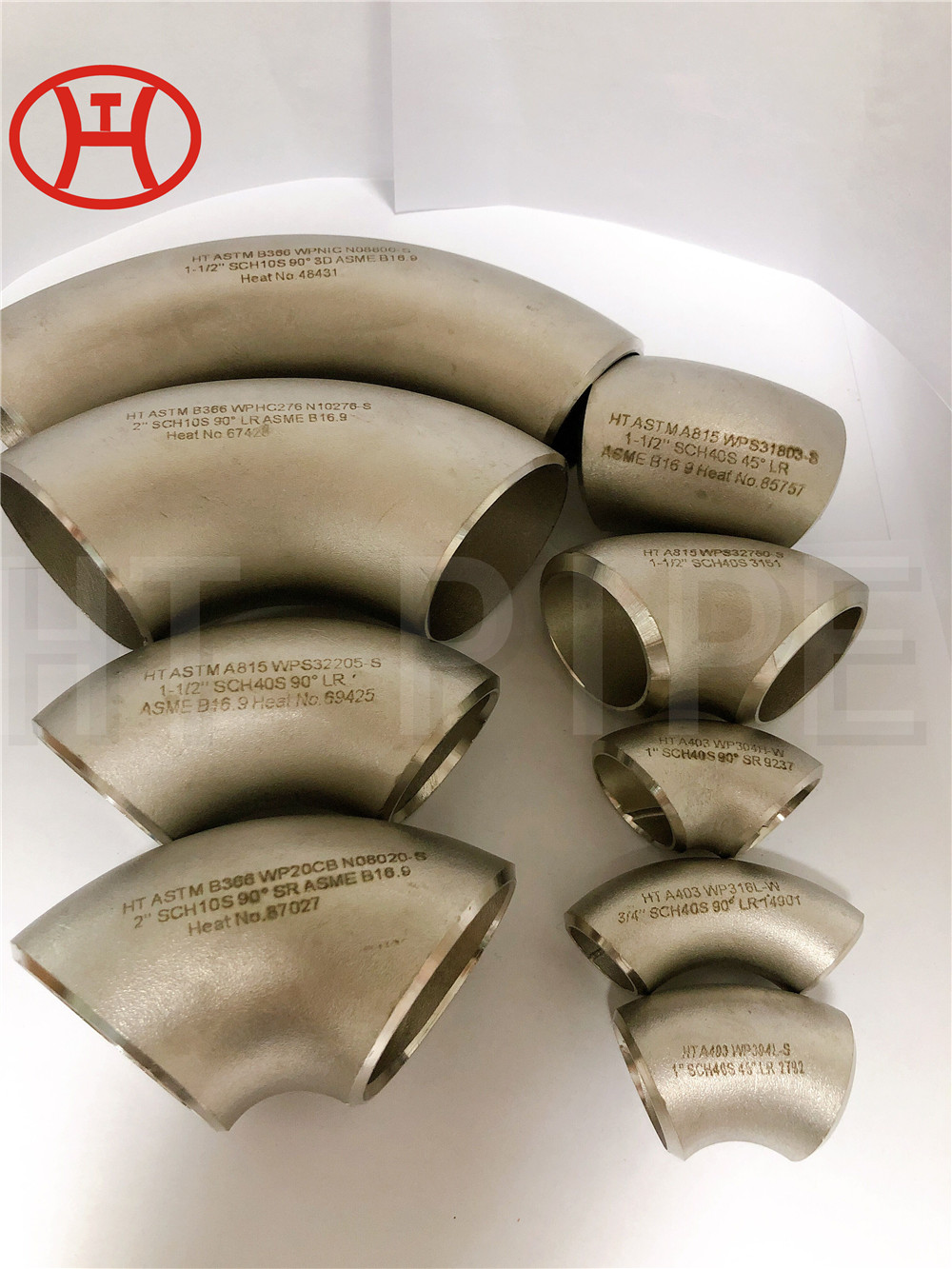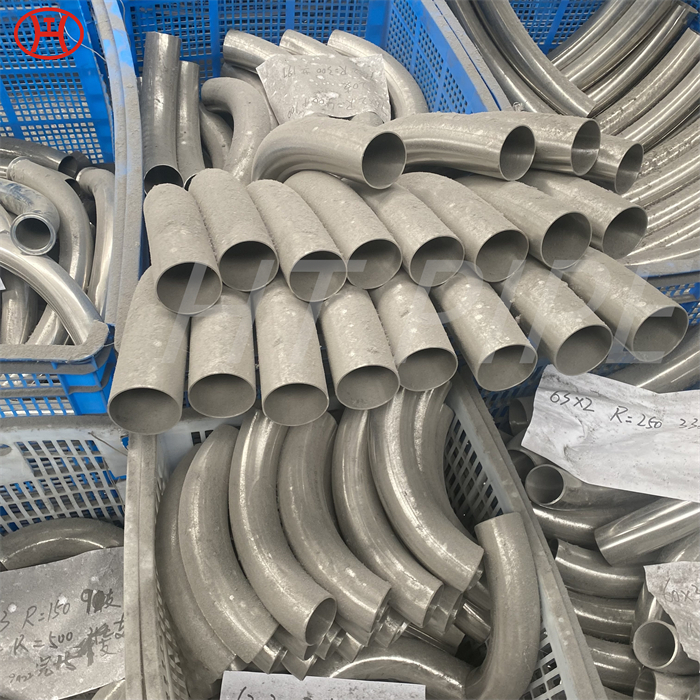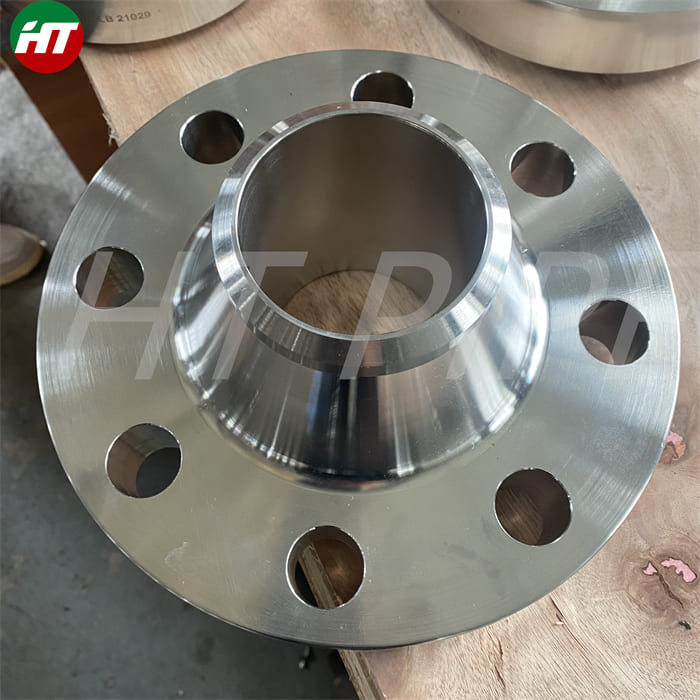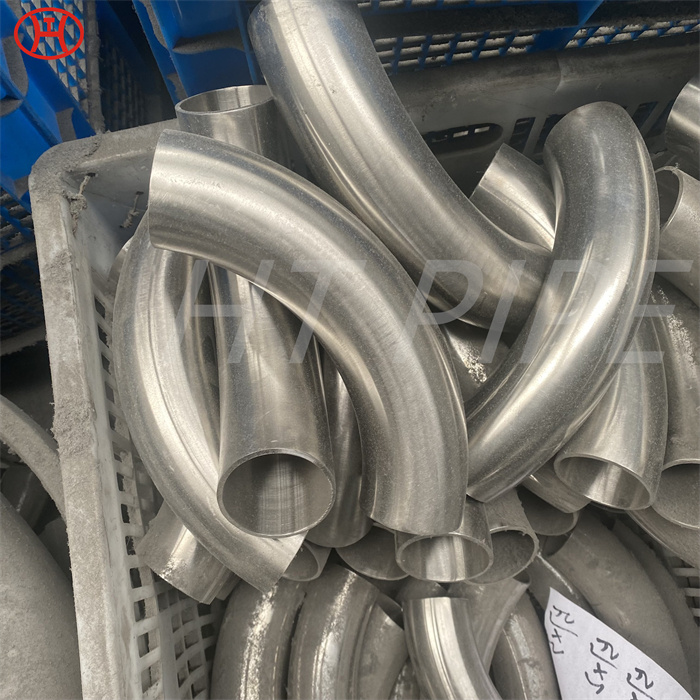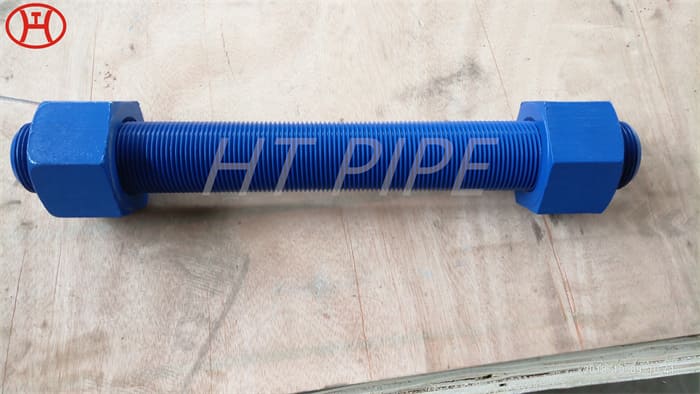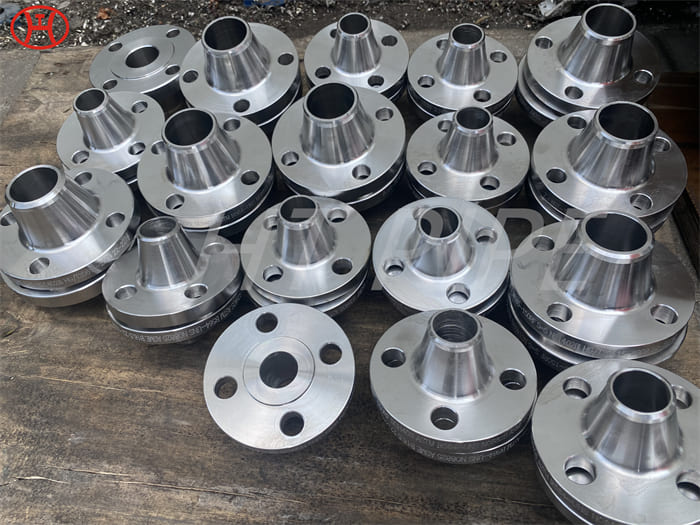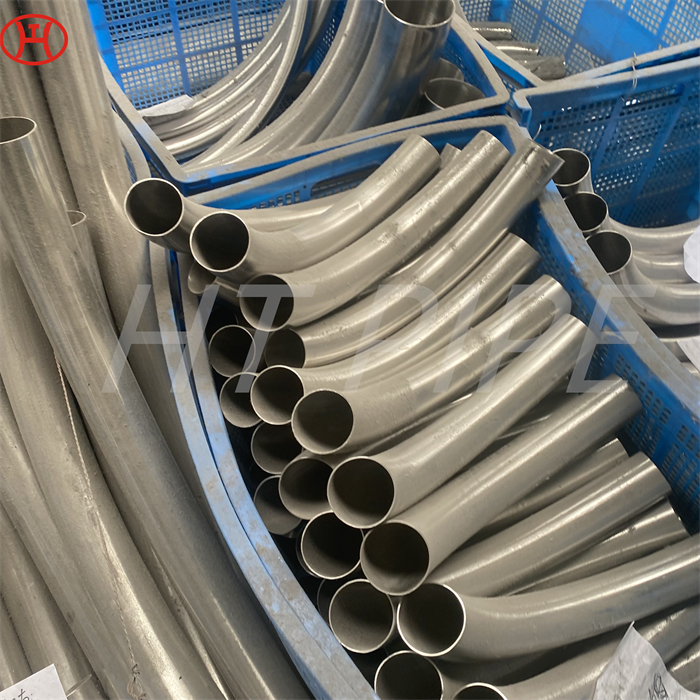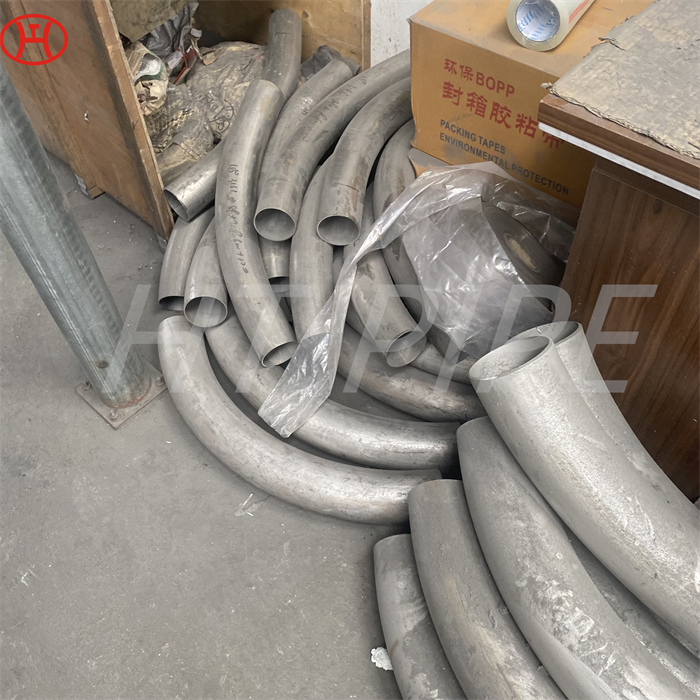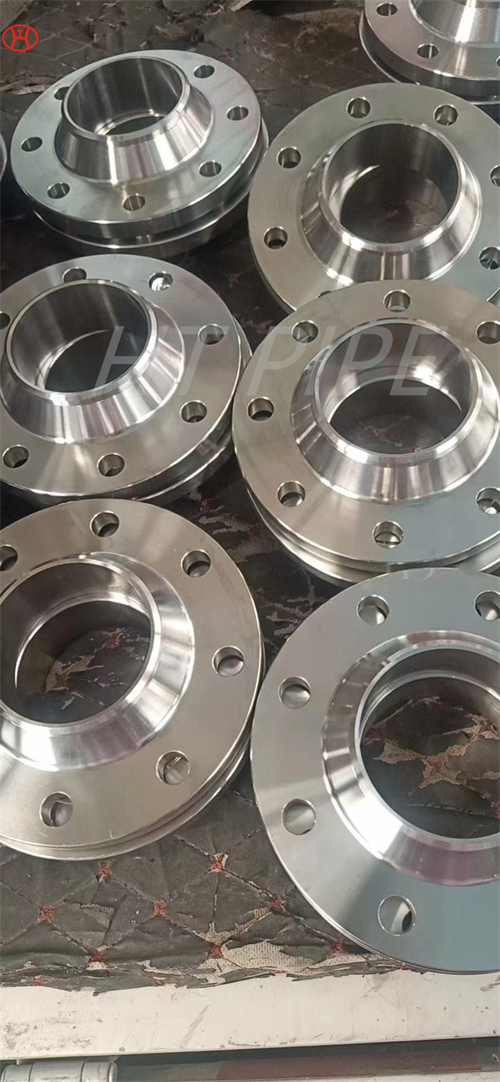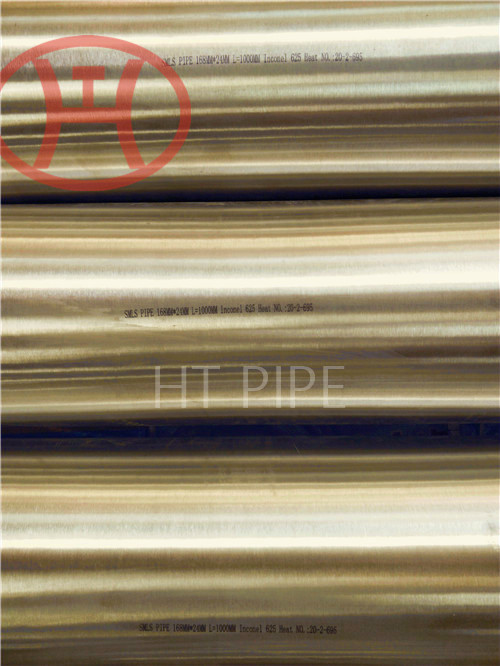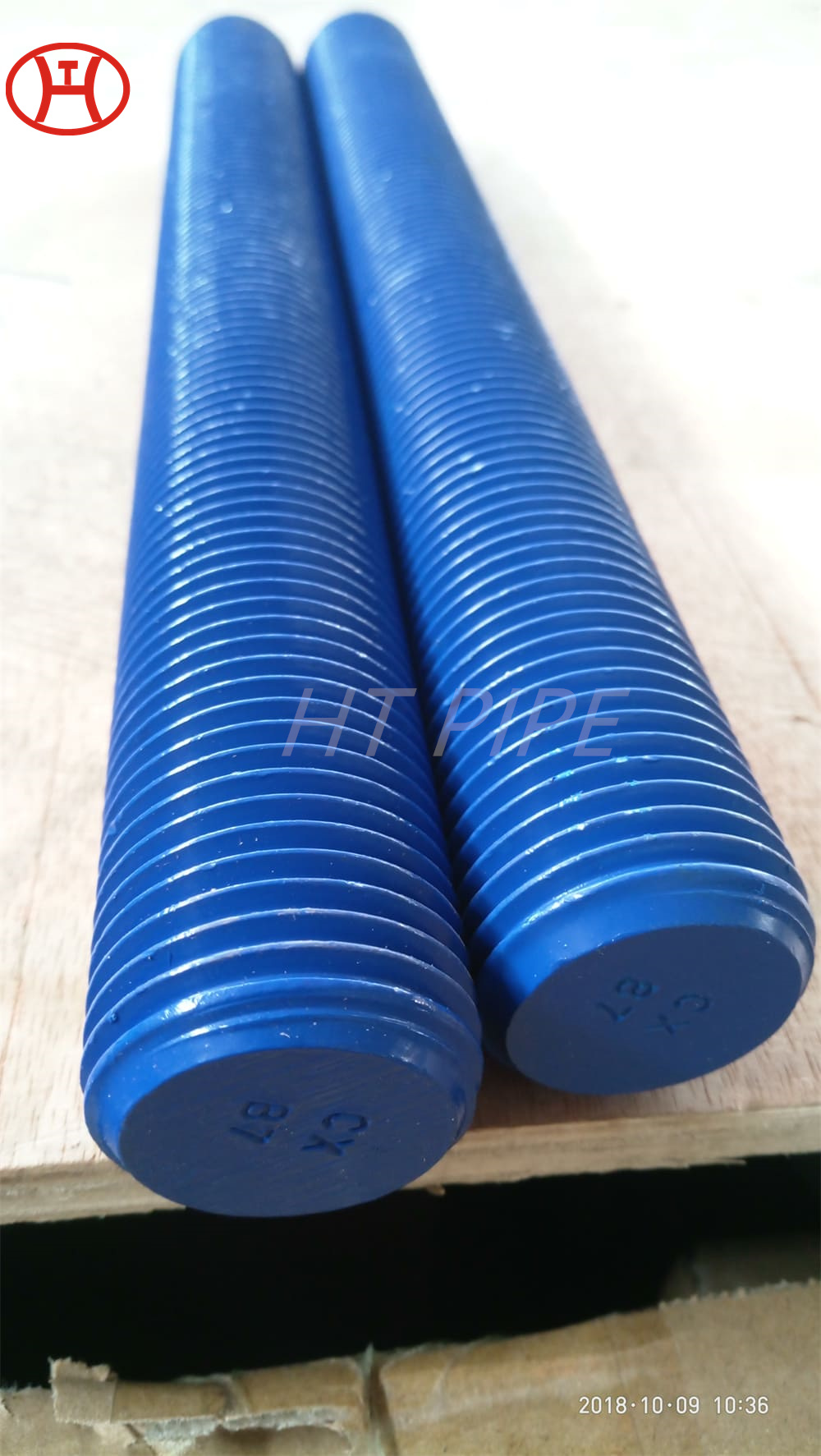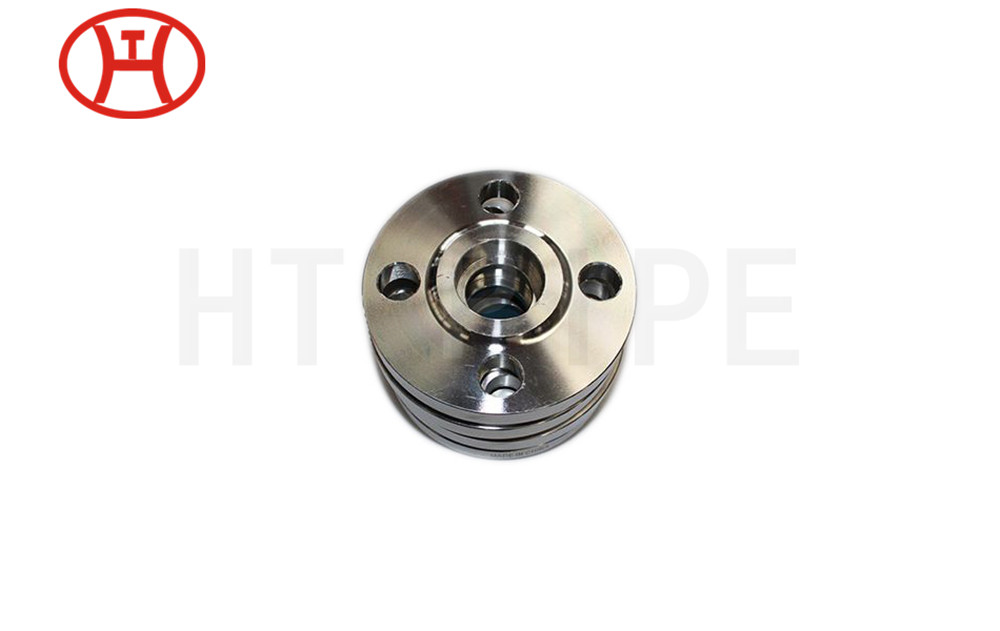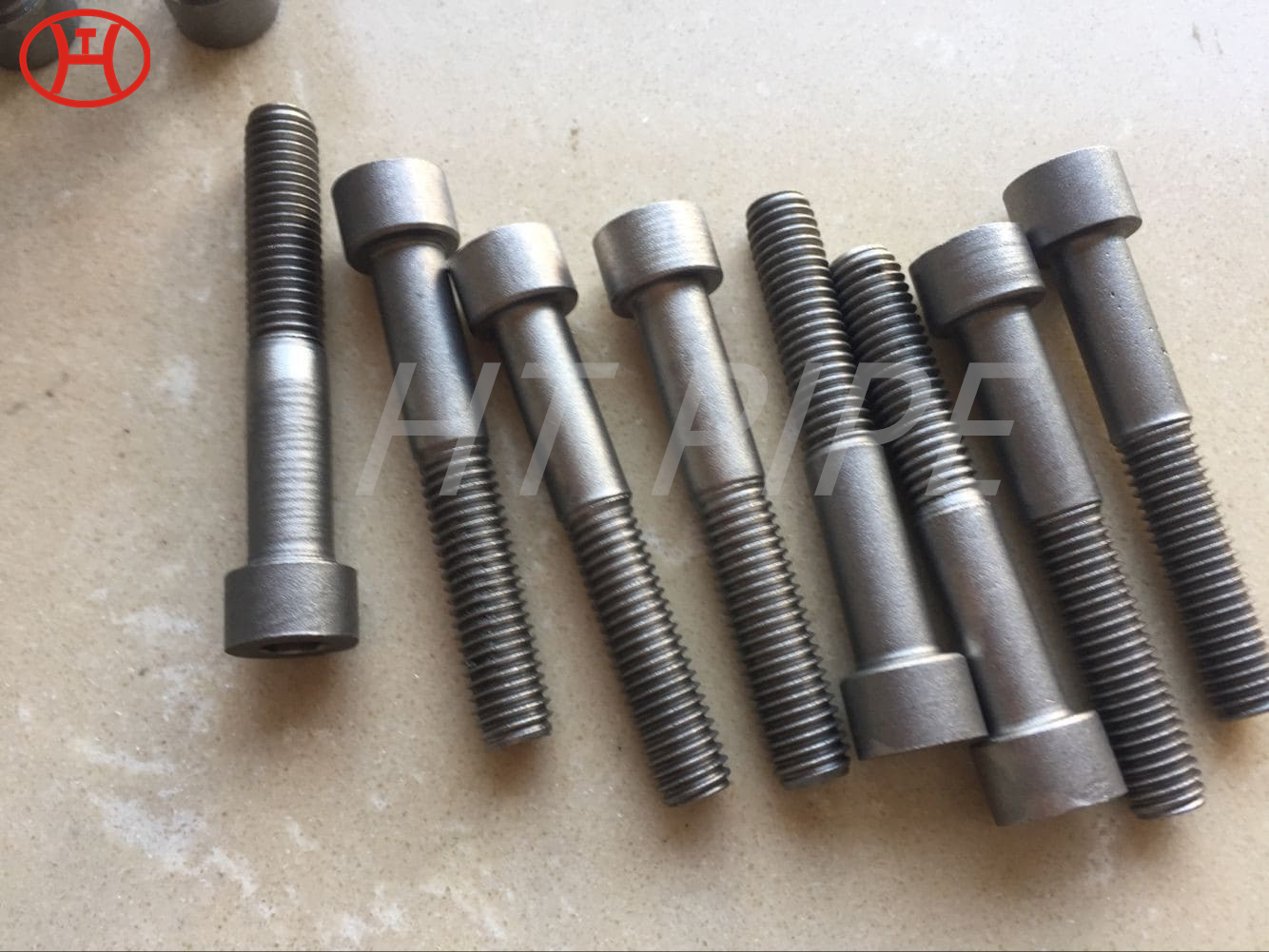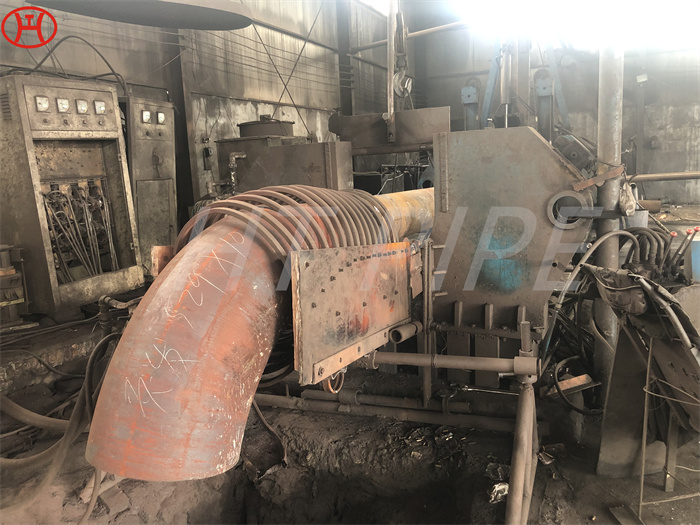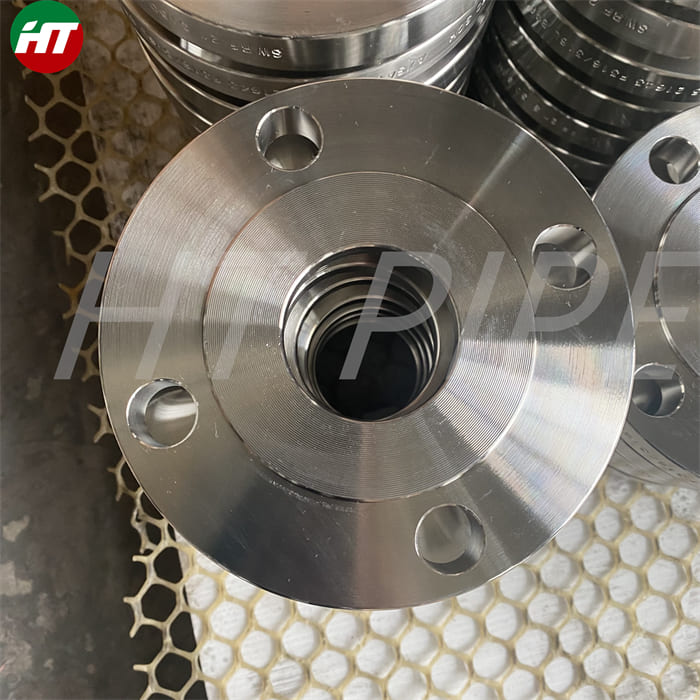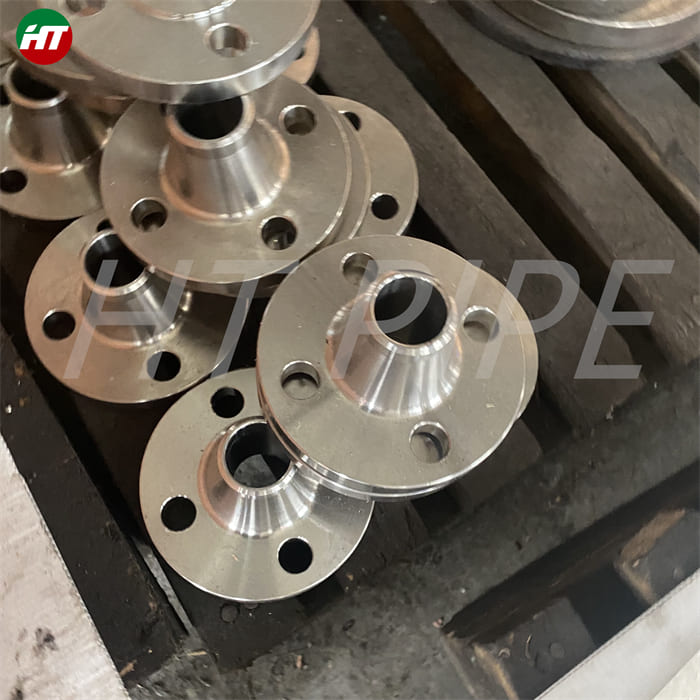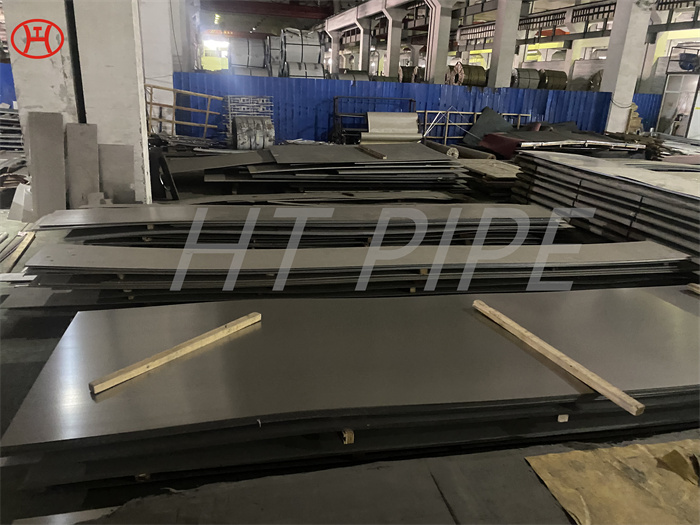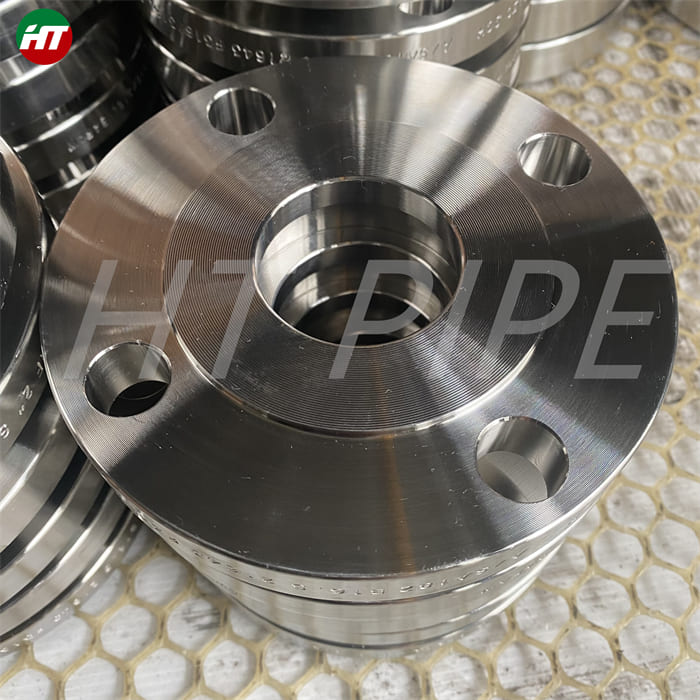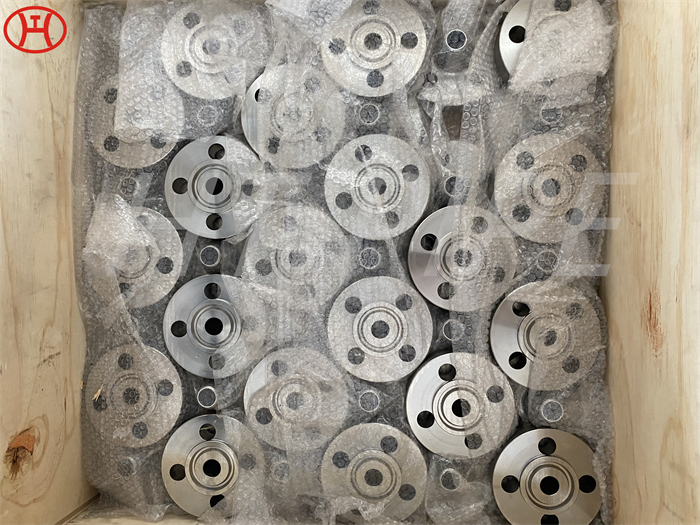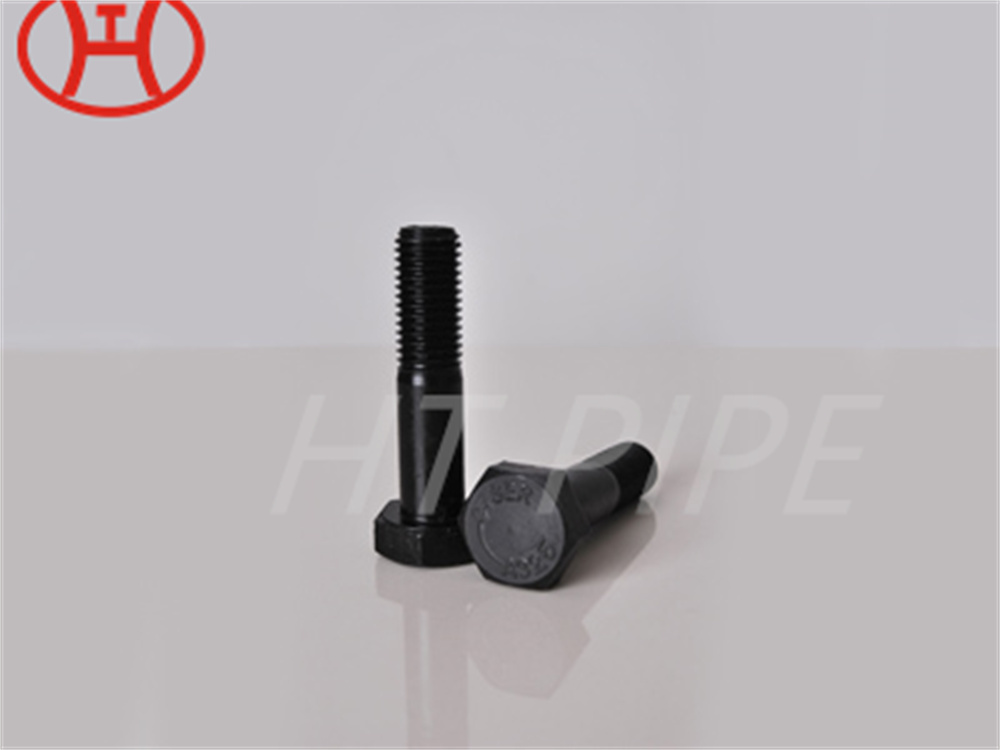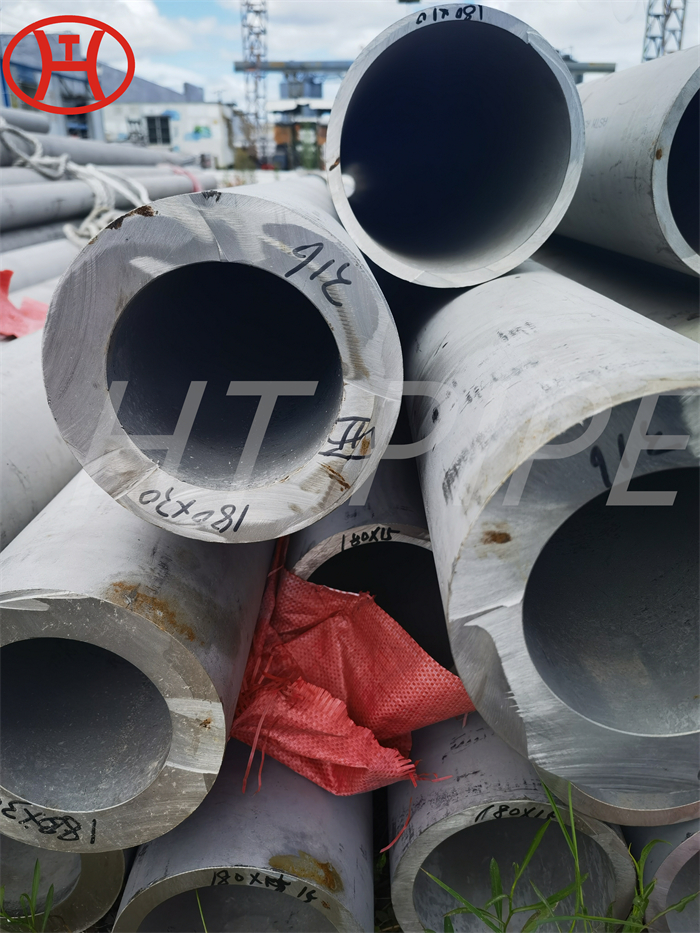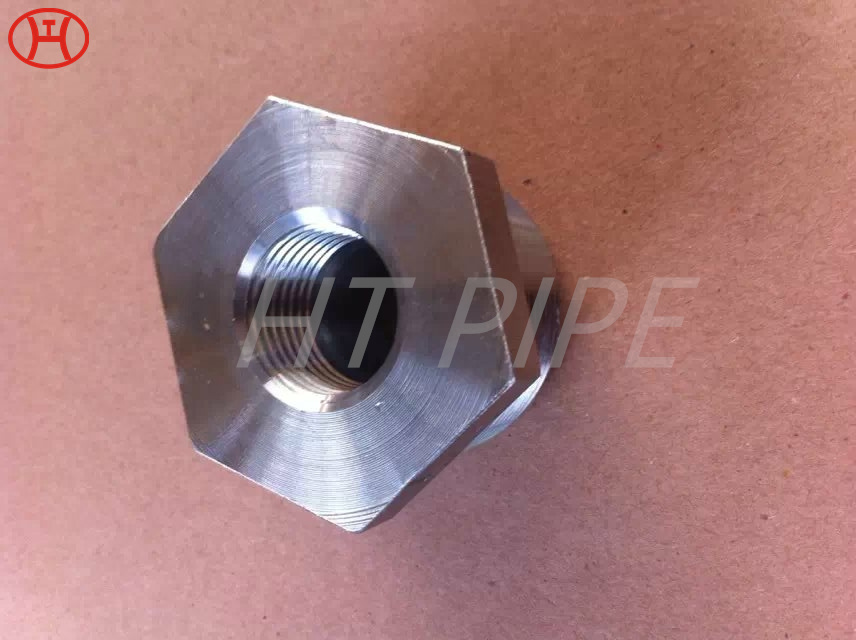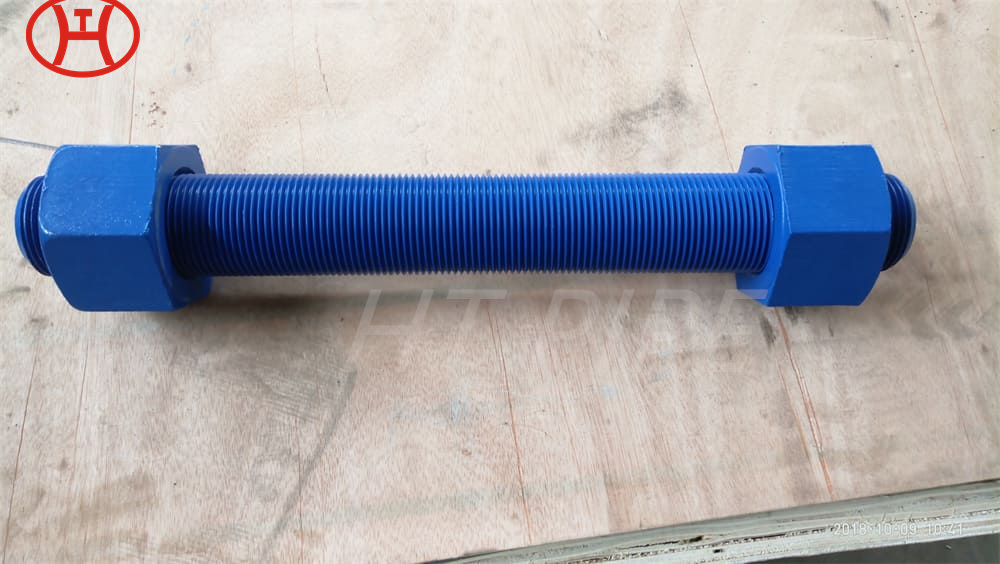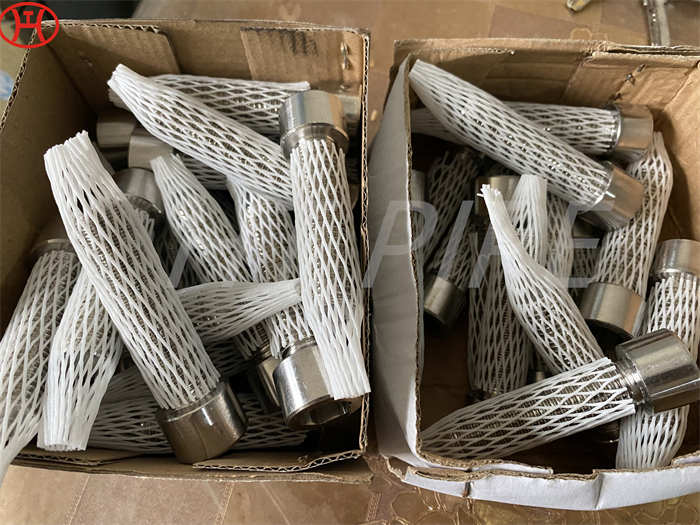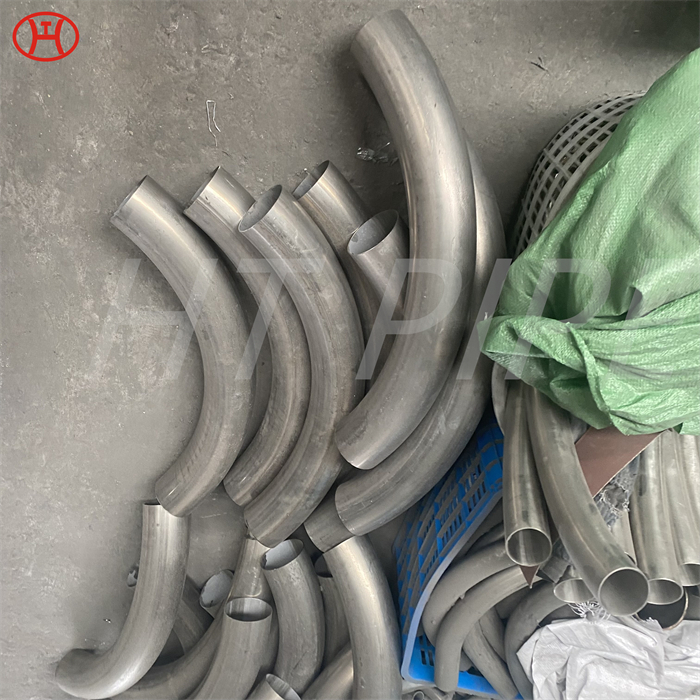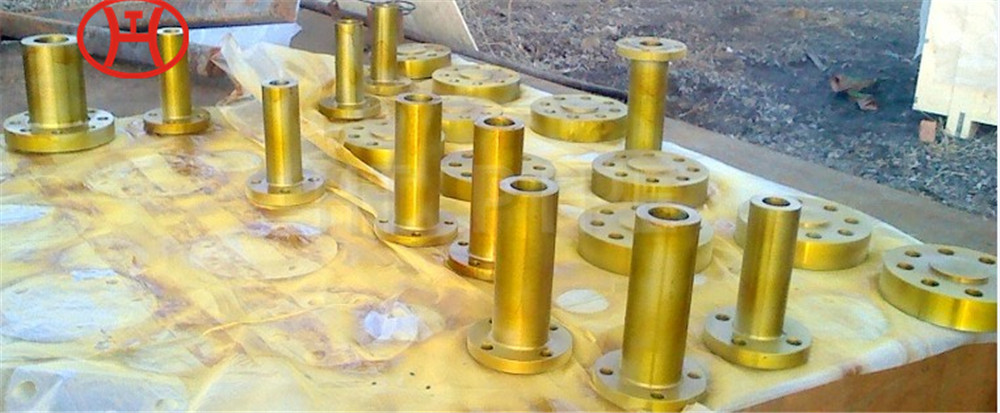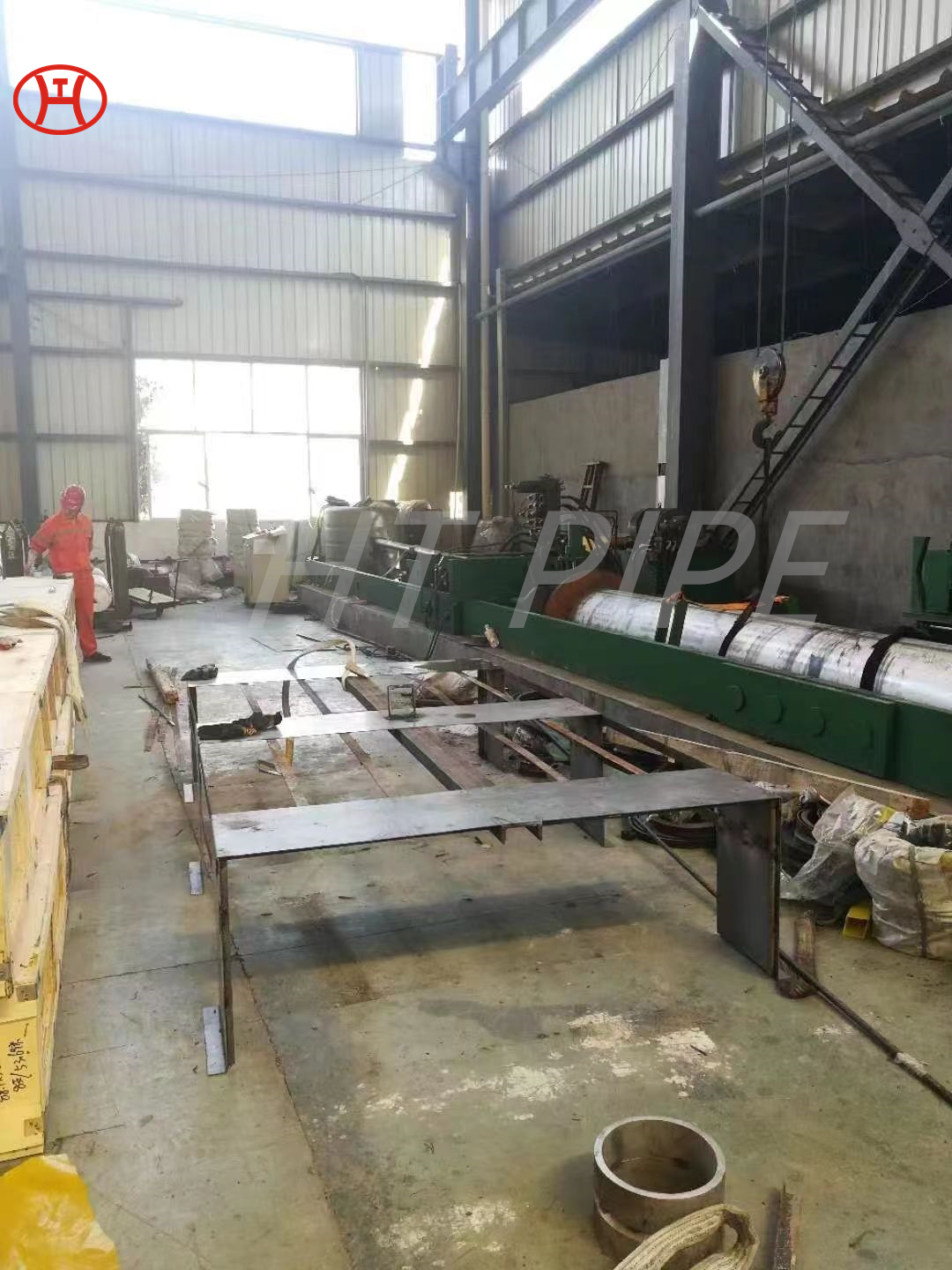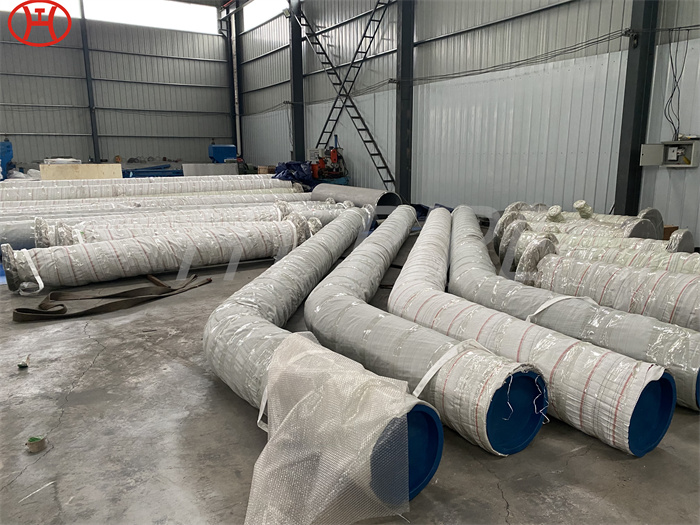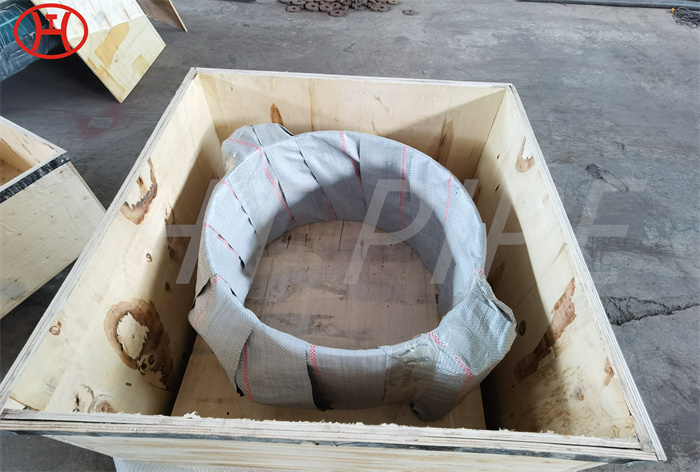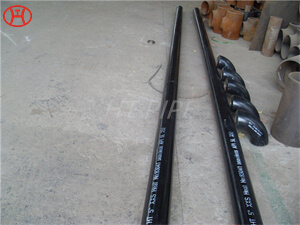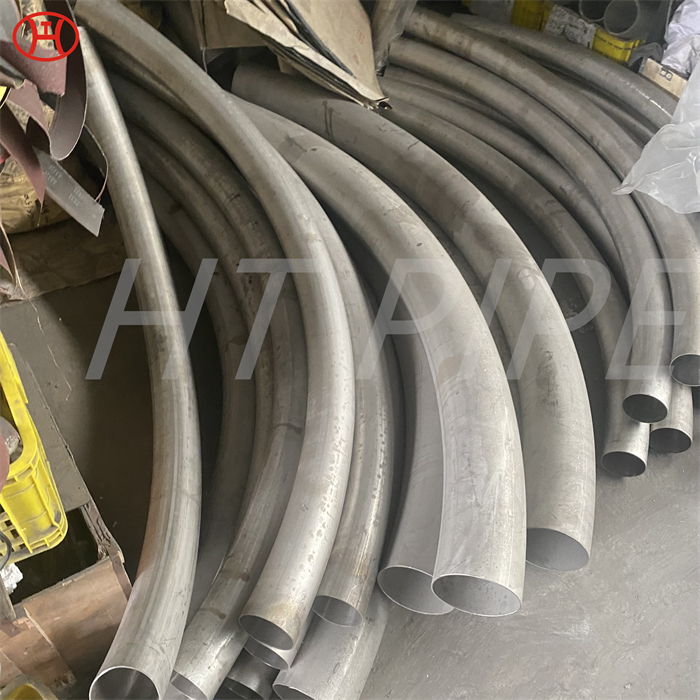ASTM B366 WPH C276 N10276 90¡ã LR ASME B16.9 Elbows
Hastelloy C-276 pipe fittings refer to factory-made wrought nickel alloy fittings manufactured to ASTM B366 UNS N10276. It can be designated as CRHC276(corrosion resistant fittings) or WPHC276(ASME pressure fittings). The fittings can be manufactured from pipe or tube of ASTM B619, B622, B626 UNS N10276, plate, sheet or strip of ASTM B575 UNS N10276, forging or bar of ASTM B564, B462, B472, B574 Gr. N10276. The Hastelloy C-276 fittings are mainly furnished in 3 connection types: butt welding, threaded, socket welding, covering a variety of standard specifications.
Since Alloy C-276 contains a high amount of nickel in its chemical composition, the metal is very ductile. Therefore forming it into various shaped Hastelloy C276 Pipe Fittings becomes very simple. Yet, this is not the only benefit offered by this alloy. Like many nickel containing alloys, the strength and corrosion resistance properties of this alloy make it one of the most sought after ones by Hastelloy Fittings Suppliers. The metal is capable of exhibiting superior resistance to pitting. Unlike highly ductile materials that tend to exhibit failure against stress corrosion cracking, on the application of a tensile load, the Alloy C276 Pipe Fittings are able to withstand such levels of stress.
In order to convey the pipeline, it is necessary to remove the straight hose in the pipeline. When using various pipelines, various pipelines must be used. When the pipeline is used, the elbow must be used to change the size of the pipeline. When bifurcating, the three-way pipe The flange connection used when the joint is used with various pipe joints, in order to reach the long-distance transmission pipeline, in order to reach the thermal expansion and cold contraction joint or effective connection aging of the pipeline, the long-distance expansion and cold contraction joint is used for the connection of the pipeline. , In the connection of various instruments, there are also the connectors and plugs of the instrument phase.

